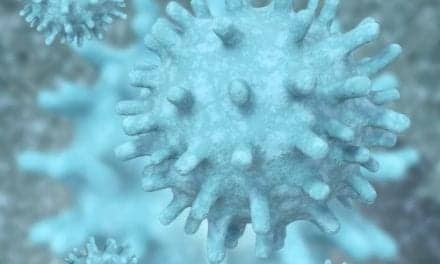Judging by telomere length, children of a lower socioeconomic status (SES) during childhood and adolescence are more likely to develop infection and clinical illness when exposed to a common cold virus in adulthood, according to researchers at Carnegie Mellon University (CMU).
Telomeres are protective cap-like protein complexes at the end of chromosomes that ultimately affect the susceptibility to colds in middle-aged adults, according to background information provided by researchers. As a telomere shortens, which happens with aging, it loses its ability to function normally and eventually dies. Shorter telomeres are associated with early onset of illnesses such as cardiovascular disease and cancer, with mortality in older adults and susceptibility to acute infectious disease in young to midlife adults.
Researchers measured the telomere lengths of white blood cells from 152 healthy volunteers between the ages of 18 and 55; they rated socioeconomic status based on self-reported information about home ownership status of their parents. Participants were then exposed to a rhinovirus and quarantined for five days to see if they developed an upper respiratory infection.
Those identified as having a lower childhood SES had shorter than average telomere length. For every year the individual’s parents did not own a home, telomere length decreased by 5%. The same group was also more likely to become infected by exposure to the virus in the study and, researchers found, for each year their parents did not own a home during their childhood years up to age 18, the participants’ odds of developing a cold increased by 9%.
“We have found initial evidence for a biological explanation of the importance of childhood experiences on adult health,” said Sheldon Cohen, the Robert E. Doherty Professor of Psychology in CMU’s Dietrich College of Humanities and Social Sciences. “The association we found in young and midlife adults suggests why those raised by parents of relatively low socioeconomic status may be at increased risk for disease throughout adulthood.”








